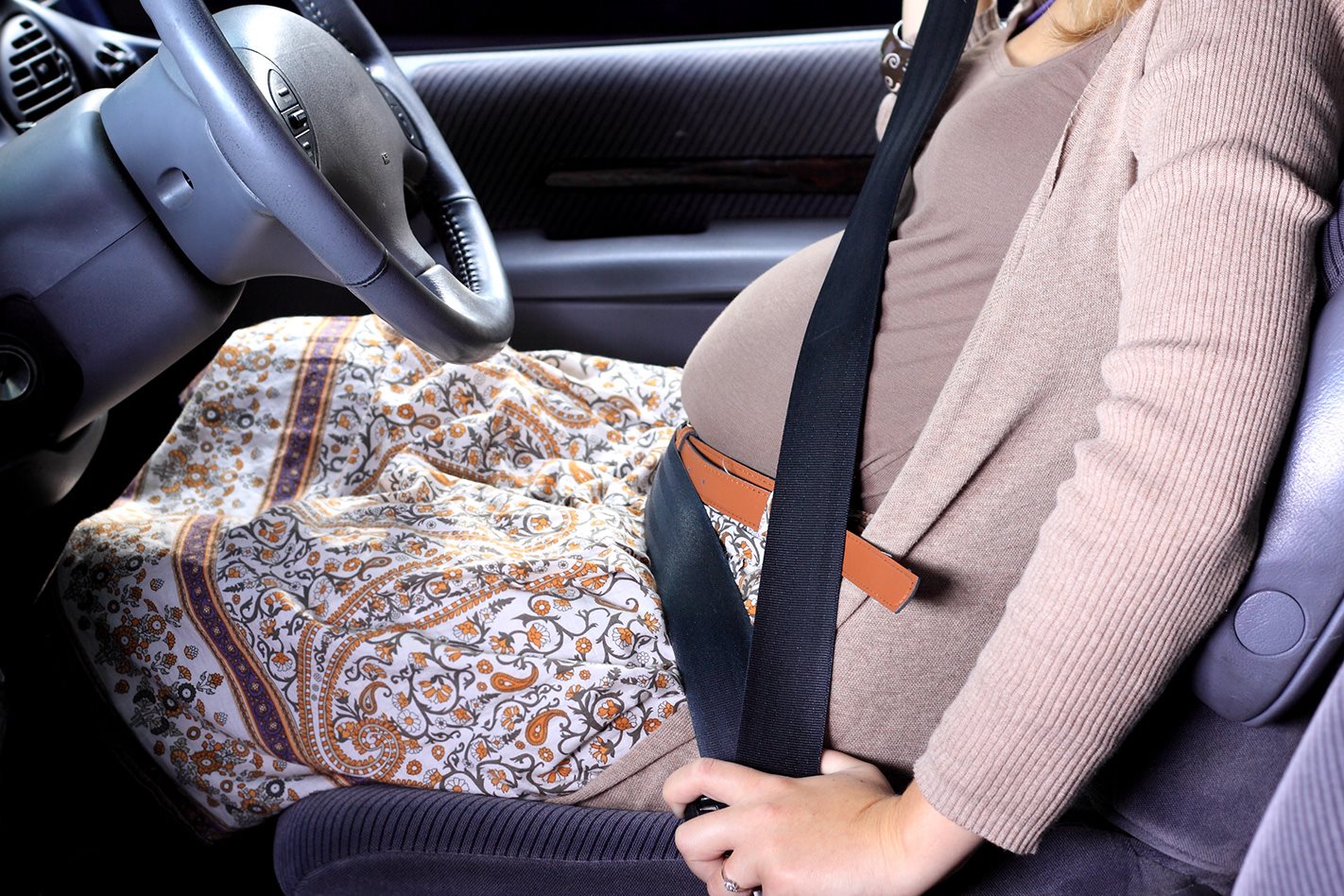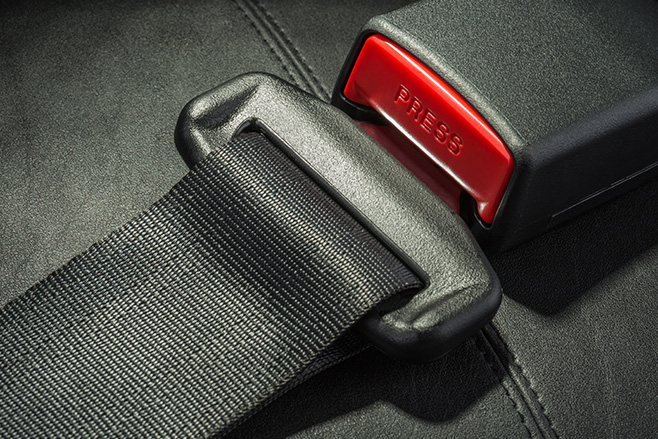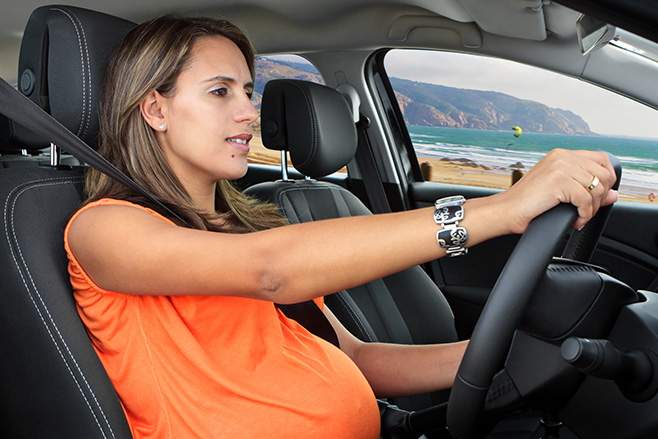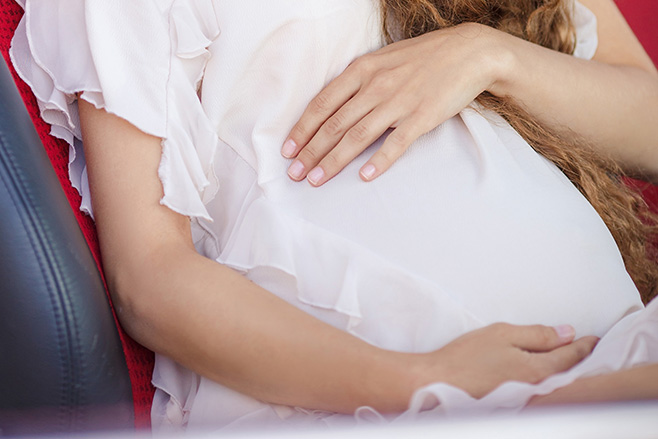
Car accidents are the most common cause of physical trauma during pregnancy, worldwide.
A 2012 study by combined minds from the University of Sydney and the Royal North Shore Hospital surveyed 600,000 Australian women and found an average of 3.5 per 1000 pregnant Australian women were admitted to hospital following a car accident. It’s a rather high figure, but it follows doctor’s advice that pregnant women be checked out immediately following a bingle, no matter how big or small the crash.

Of the women admitted, about 95 per cent went on to have an uncomplicated, normal pregnancy. But no one wants to be the other 5 per cent.
So in the event of an accident, there are ways to decrease the risk factors and protect both you and your unborn baby.
DRIVING/BELT POSITION
There are a number of ways to protect your unborn bub while driving. Some are as simple as modifying your belt and seating position.
First, when you belt up, lift your belly right up and over the lap belt, keeping the belt as low on the hips as possible. Even if your bump isn’t bulging yet, it’s important to keep the belt low on the hipbones, which can take impact in the event of an accident far better than the internal organs and soft tissues of the tummy (and hence why any child harness should also be as low on the hips as possible).

Click in the belt and pull firmly on the shoulder strap (sash) to ensure the lap belt is tight and stays low.
The steering wheel should be tilted as far up as possible, so if the airbag goes off the bag inflates away from the belly. Same with the seat position; you need to be a good distance away from the airbag inflation zone, so measure the distance from the wheel by placing your wrist on the top of the steering wheel. If your arm is straight, you are in the proper driving position (pregnant or not!), and with the seat set as upright as possible, it will reduce the chances of the seatbelt rising up your belly.
And where possible, be a passenger, not the driver. It is far safer – you can be farther away from the airbag, sit much lower where adjustment in the seat allows, and you won’t have a big round belly getting in the way every time you try to turn the wheel.

ANCILLARY DEVICES
There are a host of bump protectors on the market to help seatbelts do their job, but keep them away from the belly.
Most of these devices look like a seat pad with belt clips or loops, either on either side of the hips or through the centre of the legs. By sitting on the seat pad and clipping or feeding the belt through the loops, the lap sash belt is retained low on the hips. (Prices range from $40 to $75).
Another option is a belt locker that secures, or locks, the lap belt at the clip, so it sits low and tight but doesn’t pull or retract (the sash still does), keeping you stable in the seat through turns and heavy braking. It also doubles as a pregnancy belt ($70).
WhichCar prefer this to the maternity-specific offerings, as there is full control over the tightness of the lap belt.
For the truly paranoid there are maternity harnesses on the market, which convert the standard belt into a lap-only belt and add an upper body harness which straps around the shoulders and chest, buckling at the sternum. Crash testing proves their worthiness, but they look uncomfortable, particularly for sensitive prenatal boobs. Being pregnant is uncomfortable enough!



